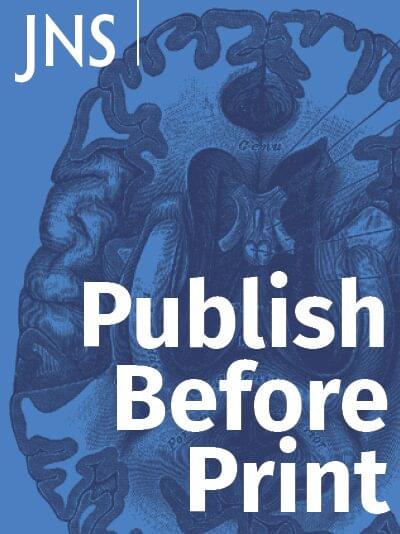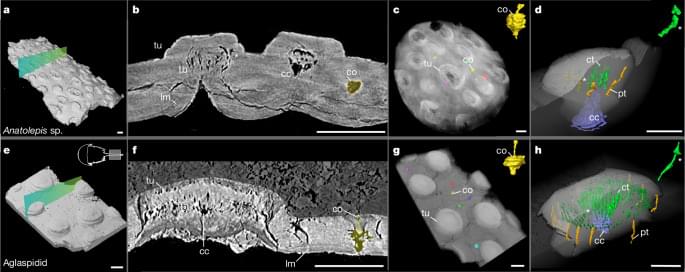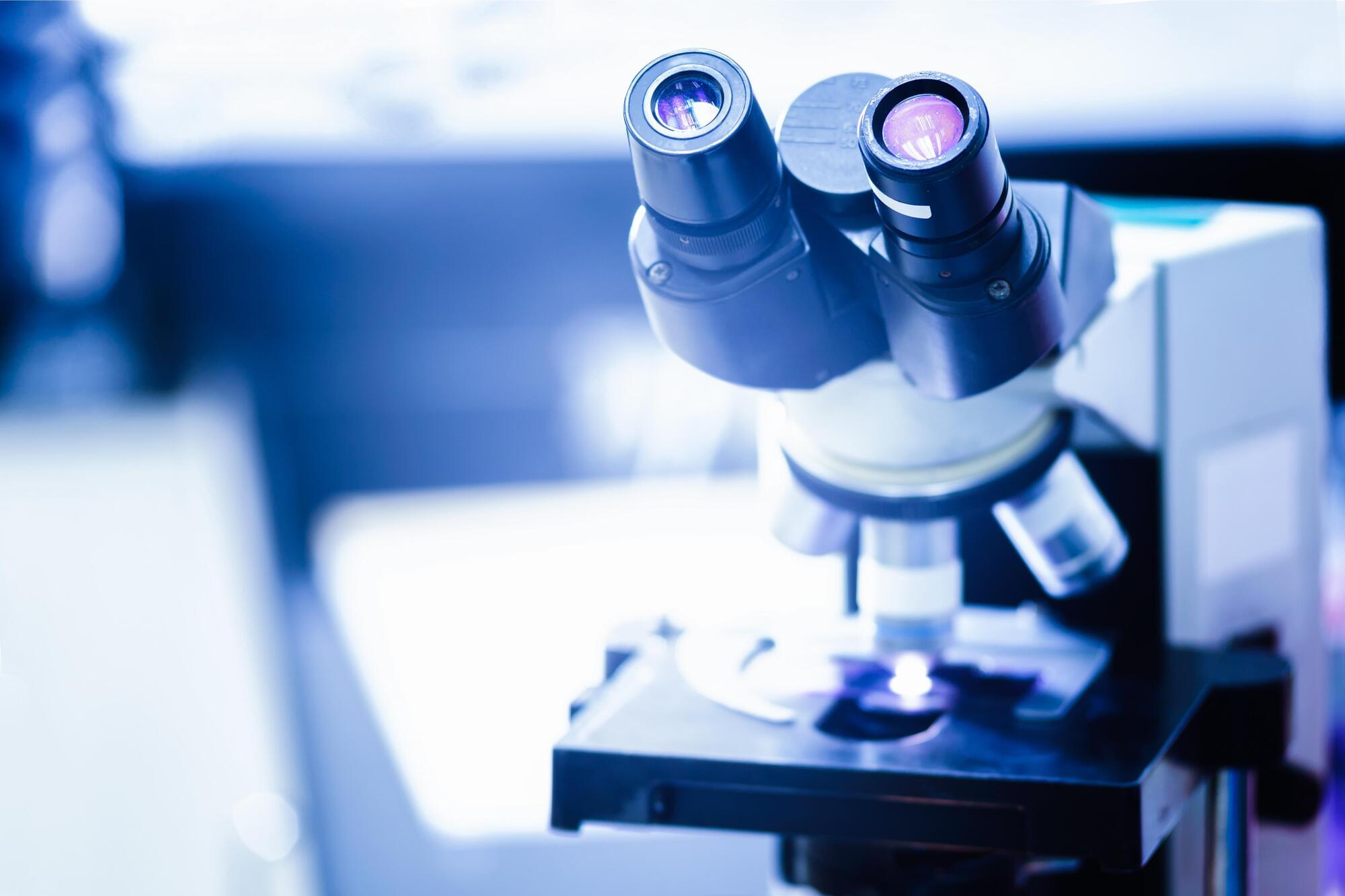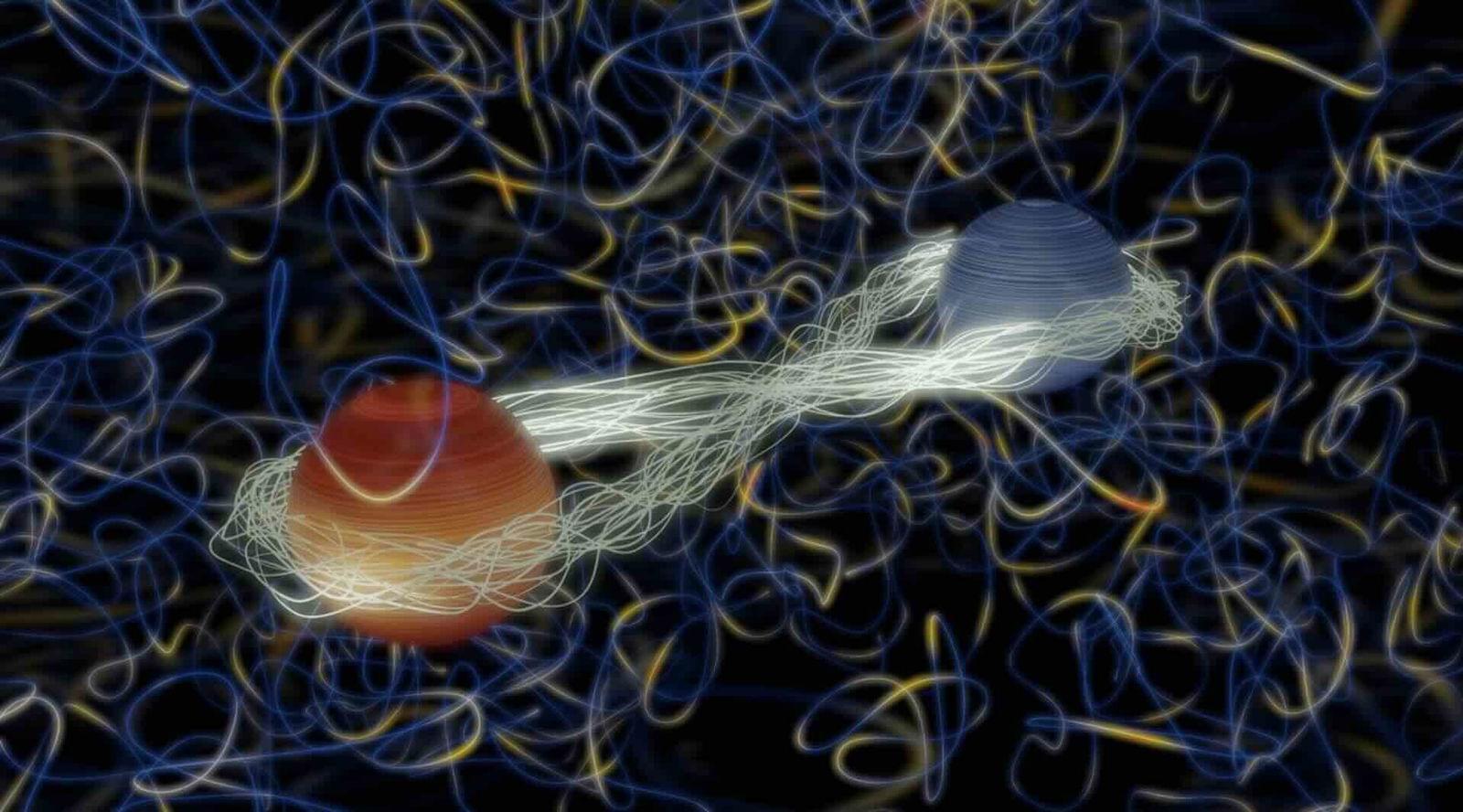Laser interstitial thermal therapy (LITT) has emerged as a minimally invasive treatment for primary CNS tumors. While LITT offers advantages over traditional approaches, perilesional intracranial heatsinks can lead to asymmetrical ablation, impacting patient outcomes. Understanding heatsink effects is crucial for optimizing LITT efficacy.
The authors retrospectively analyzed primary CNS tumors treated with LITT at a single tertiary care center. Ablation outcomes were quantified using the Heatsink Effect Index (HEI), measured on a scale of 0–1 (0 = total symmetry, 1 = complete asymmetry), and extent of ablation (EOA). The heatsink types evaluated were sulci, meninges, vasculature, and CSF spaces, inclusive of ventricles, resection cavities, and CSF cisterns. Statistical analyses were performed to assess the relationship between heatsink proximity and type and ablation outcomes.
A total of 99 patients satisfied all selection criteria. The cohort was 53% female, with a mean age of 61 years. Glioblastoma was the most predominant tumor type (78%), followed by low-grade glioma (15%) and meningioma (4%). Heatsink proximity significantly correlated with ablation asymmetry (HEI) (p < 0.001), particularly at the midpoint of the catheter trajectory. The correlation between closest heatsink distance and HEI varied across the different heatsink types, with distance to vasculature and CSF spaces correlating the strongest with ablation asymmetry. When assessing the relationship between EOA and medial HEI during suboptimal ablations (EOA < 100%), a negative correlation was demonstrated, showing improved EOA as HEI was reduced. Optimal cutoff catheter-heatsink distances for predicting ablation asymmetry ranged from 6.6 to 13.0 mm, emphasizing the impact of heatsink proximity on LITT efficacy.






